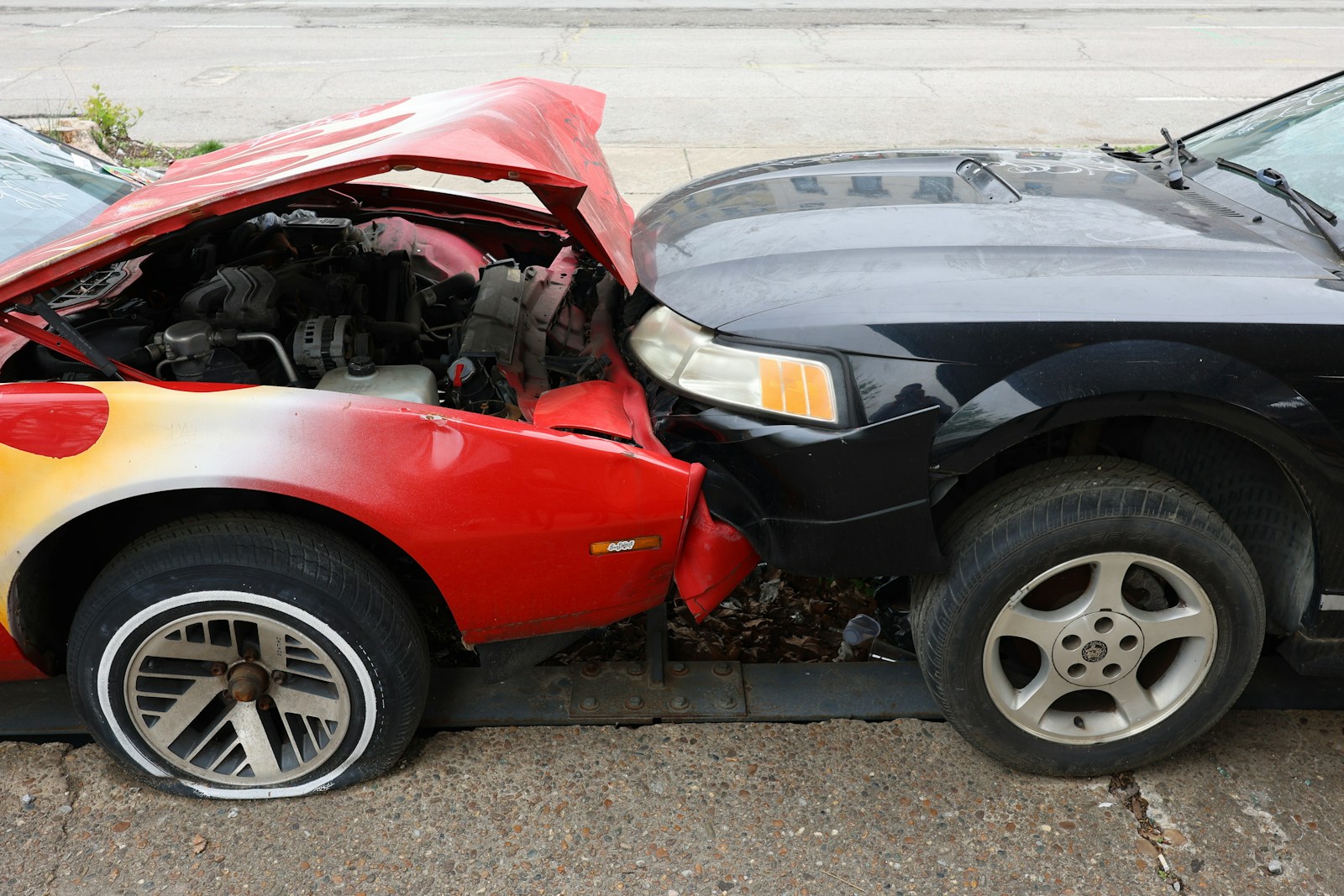The problem with “cheap” auto insurance often comes down to the fact that
you get what you pay for. While low premiums can be attractive, there are several downsides and risks associated with going for the cheapest option available. Here are the main issues:
1. Minimal Coverage
Cheap insurance often means bare minimum liability coverage—just enough to legally drive, but not enough to protect you in a serious accident.
- No collision or comprehensive coverage: Damage to your own vehicle won’t be covered.
- Low liability limits: If you cause a crash, you could be personally on the hook for damages that exceed your policy’s limits.
2. Poor Claims Service
Cheap insurers may cut costs by underinvesting in customer support and claims processing.
- Delays in handling claims
- Difficulty reaching a real person
- Unfair or denied claim payouts
3. High Deductibles
To offer low premiums, some policies come with high deductibles, meaning you’ll pay more out of pocket before insurance kicks in.
4. Limited Network or Services
Some budget insurers may only work with certain mechanics or limit where you can take your car for repairs.
5. Lack of Perks
Things like roadside assistance, rental car coverage, or accident forgiveness are usually excluded from basic or budget plans.
6. Potential for Rate Hikes
Some low-cost insurers attract customers with cheap introductory rates, only to raise premiums dramatically after the first 6–12 months.
7. Financial Stability Concerns
Some small or ultra-cheap insurance companies may not be financially strong, meaning there’s a risk they can’t pay claims during large-scale disasters.
8. Legal Risk
If your coverage is too low and you cause a serious accident, you could be sued personally for damages your policy doesn’t cover.
Bottom Line:
“Cheap” auto insurance can leave you under protected when it matters most. It’s better to shop for affordable, but sufficient coverage from a reputable company than to go with the absolute lowest price.


